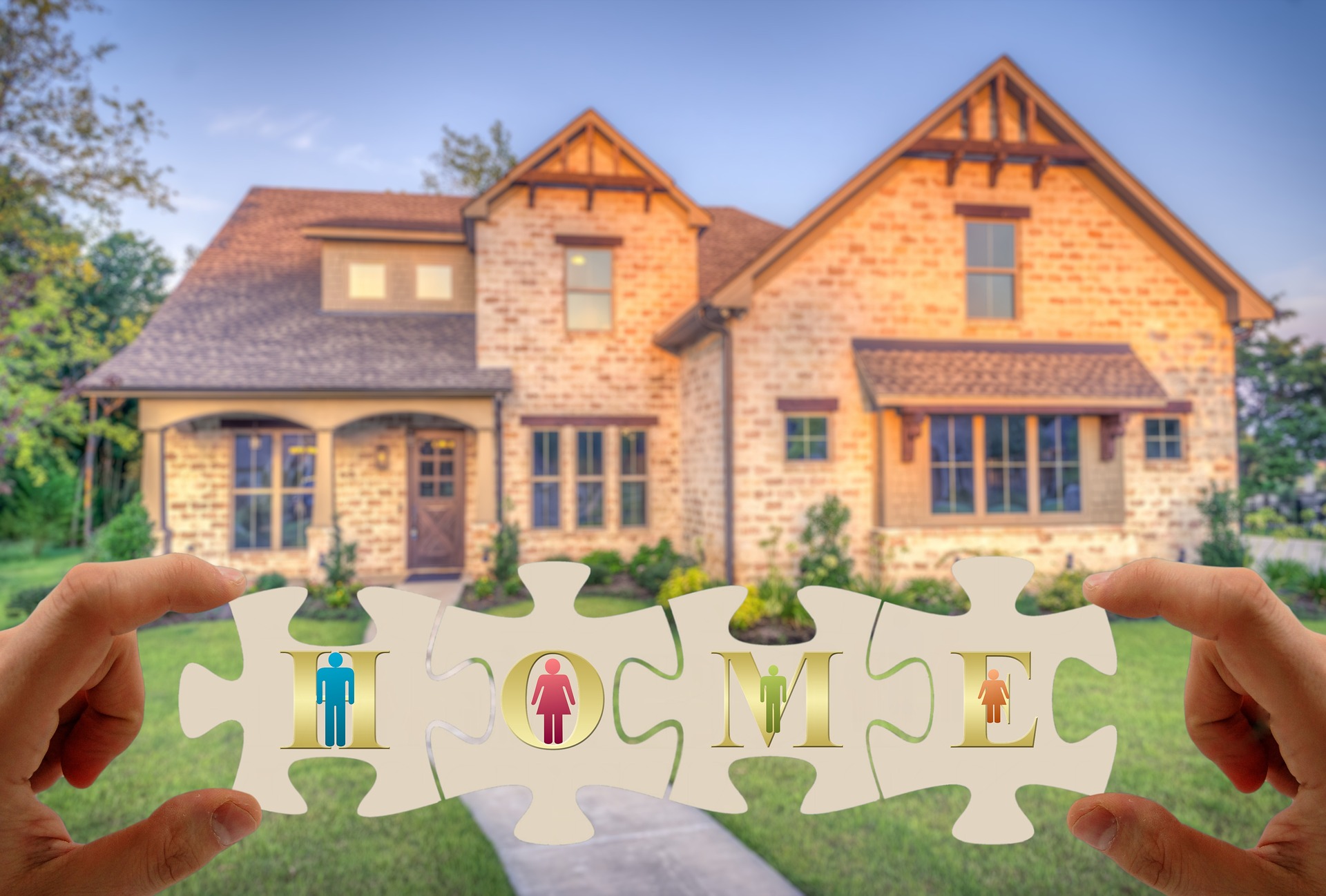The Benefits of Building a Backyard Apartment
Backyard apartments, or accessory dwelling units (ADUs), can deliver significant value through rental income opportunities and increased property value, especially in high-demand areas. They provide privacy and versatility, serving as housing for family or rental units. Emphasizing sustainability and affordability, ADUs offer practical solutions to urban housing shortages and adaptable design options, cementing their role in modern property enhancement.

Backyard apartments have emerged as practical solutions for homeowners seeking to maximize their property’s potential. These secondary structures—often built using modular construction techniques—offer remarkable versatility while addressing various lifestyle needs and housing challenges. From multi-generational living arrangements to rental income opportunities, backyard apartments represent a growing trend in residential property development that combines practicality with innovation.
Enhanced Privacy and Versatility
Backyard apartments create separate living spaces that maintain privacy for all residents while keeping family members close. This arrangement works exceptionally well for multi-generational households where adult children or aging parents need independence without complete separation. The physical distance between the main house and the backyard apartment establishes clear boundaries while enabling convenient access for family support and interaction.
The versatility of these structures extends beyond family living arrangements. Homeowners can utilize backyard apartments as dedicated home offices, creative studios, guest accommodations, or fitness spaces. This flexibility allows the space to evolve with changing needs—what begins as a home office might later transition into housing for an aging parent or returning adult child, maximizing the long-term utility of the investment.
Sustainability and Cost-Effectiveness
Modular backyard apartments offer significant sustainability advantages compared to traditional construction methods. The factory-based manufacturing process typically generates less waste, uses materials more efficiently, and reduces site disruption. Many modular home manufacturers incorporate energy-efficient features like superior insulation, high-performance windows, and energy-efficient appliances that reduce the structure’s environmental footprint.
From a financial perspective, adding a backyard apartment generally costs less than purchasing a separate property or expanding the main house. The controlled manufacturing environment of modular construction helps minimize unexpected expenses and delays common in traditional building projects. Additionally, the smaller footprint of these structures means lower utility costs and maintenance requirements, contributing to long-term cost savings.
Addressing Housing Shortages
Backyard apartments represent a practical response to housing shortages in many communities. These accessory dwelling units (ADUs) increase housing density without dramatically changing neighborhood character or requiring extensive new infrastructure. In recognition of their potential to address housing needs, many municipalities have revised zoning regulations to facilitate backyard apartment construction.
For homeowners, these structures can generate rental income that offsets mortgage costs or supplements retirement savings. In high-demand housing markets, backyard apartments can provide affordable housing options for renters while creating steady income streams for property owners. This arrangement benefits both parties—renters gain access to established neighborhoods at potentially lower costs than comparable apartments, while homeowners receive additional income from previously underutilized yard space.
Flexibility in Design and Function
Modern modular backyard apartments offer impressive design flexibility despite their compact footprints. Manufacturers provide numerous floor plans and customization options to match the aesthetic of the primary residence or create a complementary yet distinct architectural statement. Interior configurations can be tailored to specific needs—from open-concept layouts to specialized spaces for particular activities.
The construction process itself offers flexibility advantages. Modular units are largely assembled in factories, minimizing on-site construction time and associated disruptions. This approach allows for precise quality control and weatherproof construction conditions that can result in more durable structures. Once delivered to the property, installation typically takes days rather than the months required for traditional construction, allowing homeowners to begin using their backyard apartment sooner.
Real-World Cost Considerations
The cost of building a backyard apartment varies significantly based on size, features, location, and construction method. Modular backyard apartments typically range from $20,000 for basic prefabricated units to over $200,000 for custom high-end models with premium finishes. This wide range reflects the substantial differences in quality, size, and amenities available.
| Backyard Apartment Type | Average Size | Typical Cost Range | Key Features |
|---|---|---|---|
| Basic Prefab Unit | 200-400 sq ft | $20,000-$50,000 | Simple design, limited customization, basic finishes |
| Mid-Range Modular | 400-600 sq ft | $50,000-$120,000 | Full kitchen/bath, energy-efficient features, some customization |
| High-End Custom | 600-1,000+ sq ft | $120,000-$250,000+ | Premium finishes, extensive customization, smart home features |
Prices, rates, or cost estimates mentioned in this article are based on the latest available information but may change over time. Independent research is advised before making financial decisions.
Beyond the unit itself, homeowners should budget for site preparation ($5,000-$20,000), utility connections ($1,000-$10,000), permits and fees ($1,000-$5,000), and potential landscaping restoration ($1,000-$5,000). These additional expenses can add 20-30% to the project’s total cost but are essential for a successful installation.
Long-Term Value Proposition
Investing in a backyard apartment offers potential long-term financial benefits beyond immediate rental income. Property values often increase with the addition of usable living space, particularly in markets where housing demand exceeds supply. The versatility of these structures means they can adapt to changing life circumstances, potentially extending the period homeowners can remain in their primary residence.
For those considering aging in place, a backyard apartment offers the option of moving into the smaller unit while renting the main house—potentially generating more income while reducing personal maintenance responsibilities. Alternatively, caregivers could occupy the space, providing proximity for assistance while maintaining separate living quarters. This adaptability represents significant value that extends beyond simple square footage calculations.




